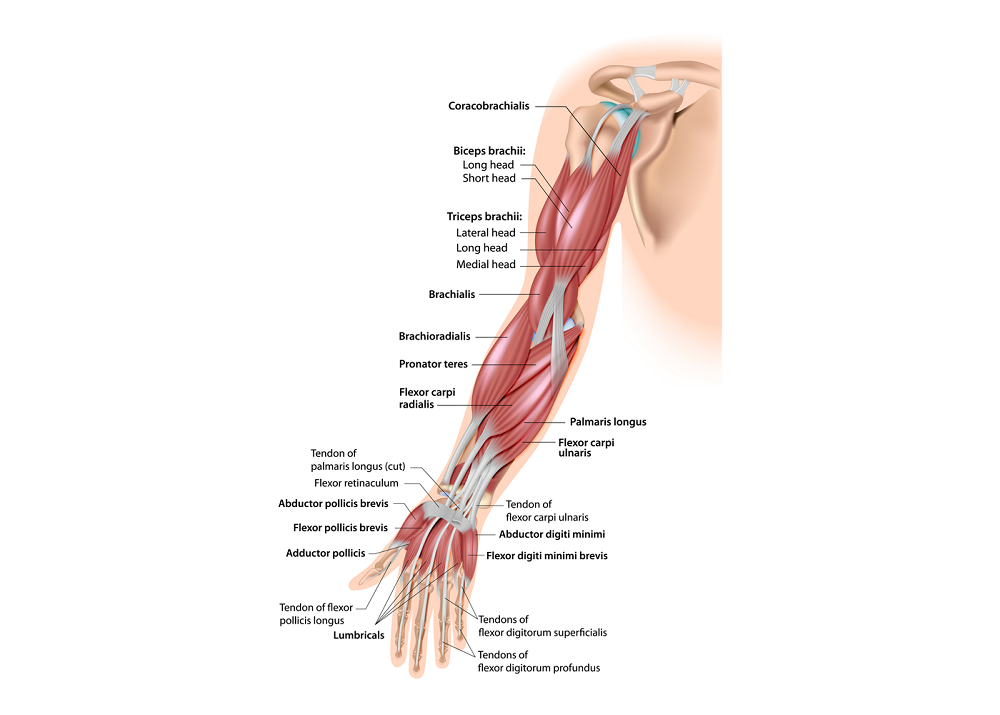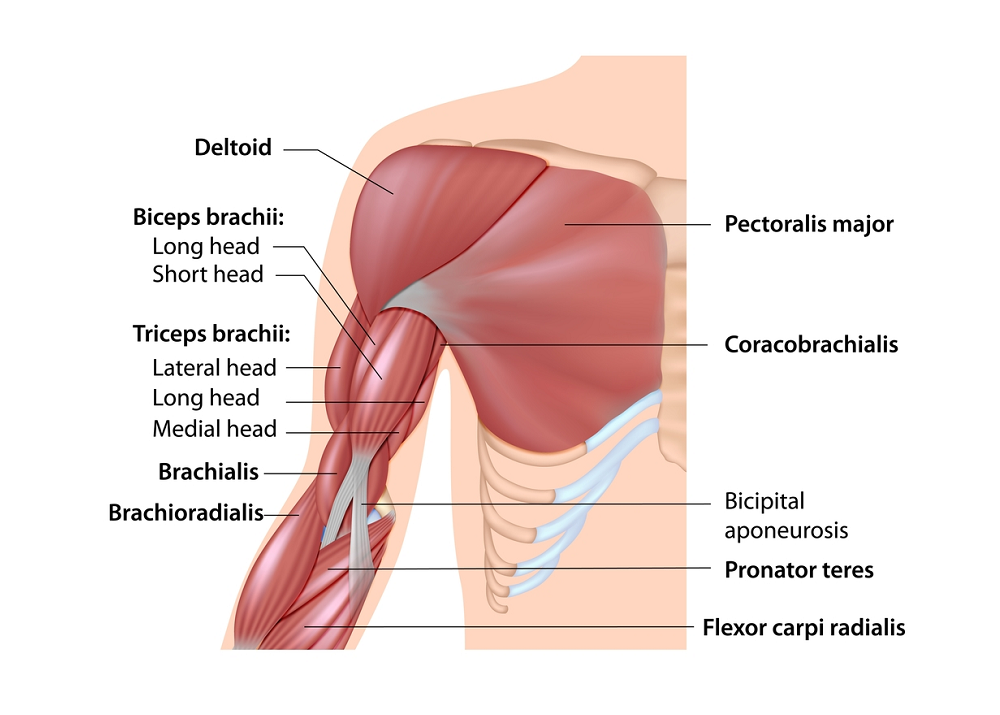Introduction:
In the intricate orchestration of human movement, the seamless coordination between the muscles of the elbow and wrist is nothing short of a symphony. In this exploration, we unravel the complex relationships from an anatomical perspective, shedding light on the precise mechanisms that govern our upper limb articulation.
Anatomy of the Elbow Muscles:
-
Brachialis Muscle: Nestled beneath the biceps brachii, the brachialis muscle is a primary flexor of the elbow joint. Its attachment to the ulna allows for efficient elbow flexion, contributing to movements like lifting and pulling.
-
Triceps Brachii: The triceps, with its three heads, extends the elbow joint. The long, lateral, and medial heads work in harmony to control the forearm's descent during activities such as lowering a weight or pushing an object.
Anatomy of the Wrist Muscles:
-
Flexor Muscles: Located on the anterior side of the forearm, the flexor muscles, including the flexor carpi radialis and flexor carpi ulnaris, play a key role in wrist flexion. These muscles contribute to movements like grasping objects and typing.
-
Extensor Muscles: Positioned on the posterior side of the forearm, the extensor muscles, such as the extensor carpi radialis longus and brevis, facilitate wrist extension. This is crucial for actions like lifting the hand or extending the fingers.
Functional Relationships:
-
Precision in Grasping: The coordination between the elbow flexors and wrist flexors is essential for precise grasping movements. When reaching for an object, the elbow and wrist muscles work in concert to ensure a controlled and accurate grip.
-
Powerful Pushing and Pulling: Whether pushing a door open or pulling a resistance band, the interplay between the elbow extensors and wrist extensors provides the necessary power and stability for these actions.
Clinical Considerations and Rehabilitation:
-
Overuse and Imbalances: Imbalances between the flexors and extensors can lead to overuse injuries and decreased functionality. Awareness of these relationships is crucial in identifying potential issues and preventing strain on the muscles.
-
Rehabilitation Strategies: Rehabilitation often involves exercises that target both the elbow and wrist muscles to restore balance and strength. Physical therapists may prescribe specific movements to address weaknesses and enhance overall upper limb function.
Conclusion:
The intricate relationships between the muscles of the elbow and wrist, when examined through the lens of anatomy, unveil the remarkable precision that governs our daily movements. From the controlled flexion and extension to the delicate coordination required for fine motor tasks, understanding these relationships enriches our appreciation for the complexities of the human musculoskeletal system.



